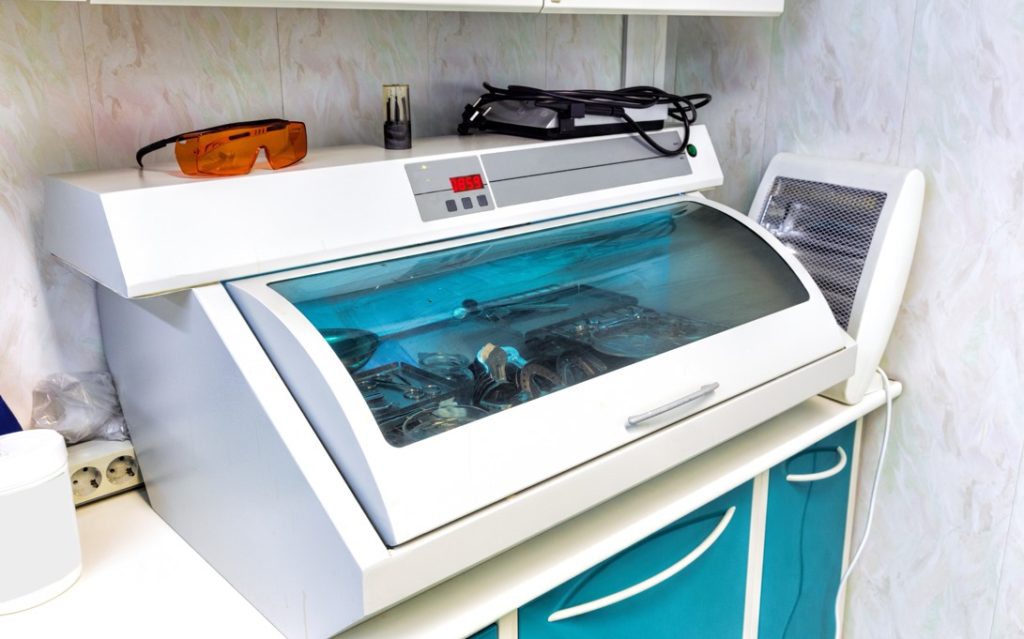Medical devices are designed to help healthcare practitioners diagnose and treat patients. These devices also help people overcome illness or disease by improving their treatment and assisting in their rehabilitation. They’re essential tools for the prevention, analysis, medication, and recovery of a person suffering from a medical problem. Medical devices that serve a specific function are a great help for them.
Medical devices can also act as a bridge, allowing very ill patients to live long enough to receive treatment. It is important to understand their functions before using them, as improper use may lead to serious and permanent damages instead of improving health.
Before utilizing a medical device, it is essential to read the instructions and take precautions. Here’s what you need to know in general:
How To Use Medical Devices
Of course, every medical device on the market serves a particular purpose and performs a specific function. The first step in understanding how to utilize a medical device is to become familiar with it. When devices that appear to be safe are handled incorrectly, they can be deadly, particularly when the patient’s conditions change.
Keeping records is also important since records can identify the equipment, but records can also show the proper use of the medical device. Moreover, checking with a medical device design consultant like RBC to ensure that a particular device meets all safety and regulatory standards is essential in ensuring the well-being of all concerned.
The Precautions To Take Before Using Medical Devices
Medical products are expanding due to the rising demand for medical devices. According to the FDA, manufacturers of these devices must first prove that their products are safe to use before being marketed and sold.
People consider a variety of things before using a medical device. Taking notice of the precautions should be one of them. Here’s what you should be aware of:
- Hygiene
Maintaining excellent hygiene practices can help avoid the spread of infection, especially when using medical devices. Bacteria can easily be transmitted through the use of medical devices, leading to infections. As a result, regular disinfection and sanitary conditions are highly advised for safety.
- Personal Protective Equipment
Personal Protective Equipment serves as a protection or barrier between infectious substances such as viruses and bacteria from entering your mouth, skin, nose, and eyes. It helps prevent any exposure to diseases, as well as being affected by microorganisms.
- Safe Injection Practices
It’s important to minimize the transmission of infection during a medical procedure. That’s why it’s vital to know safe injection practices first. Patients and medical professionals may be injured or infected as a result of mistakes regarding injection practices. For people responsible in this situation, understanding and following safe injection practices before performing them are necessary.
- Sterile Instruments and Devices
Sterilization is the process of killing bacteria and viruses in any form. This process prevents the spread of dangerous bacteria, which can make people sick. That’s why it’s essential to sterilize instruments and devices to prevent the spread of bacteria, especially when instruments come into contact with bodily tissues and fluids. This step not only keeps patients safe but also the person assisting the patient.
- Clean and Disinfected Surfaces
It’s no secret that one of the most important precautions to consider to prevent the spread of infection is to clean and disinfect surfaces before and after performing medical procedures. This practice is essential, especially in matters of hygienic practices among healthcare workers. The method of ensuring clean medical devices before use should be a habit to avoid the risk of spreading infections.
- Ensure That The Device Is Safe To Use
A health worker’s responsibility isn’t done after a patient stops using the device. Health workers should see to it that the correct procedures are followed when disposing of a single-use medical device.
For devices that are re-used, the process for decontamination or repair should be followed as required to ensure that they’re safe to use. Also, an examination of the medical devices should be done following the manufacturer’s specifications.
Conclusion
The use of a medical device is becoming an immensely significant part of a medical professional’s job. The precautions listed in this article should be second nature to healthcare workers to prevent the spread of infections and the safety of all involved. Moreover, it’s necessary to keep in mind that the validity, reliability, and accuracy of the patient’s health information should be related to the quality of medical devices used.
As more and more people are increasingly keen on improving their overall quality of life, people are also becoming more dependent on various medical devices to keep them healthy. Ensuring the safety of these devices by consulting professionals and following safety protocols like the ones listed here are crucial.

